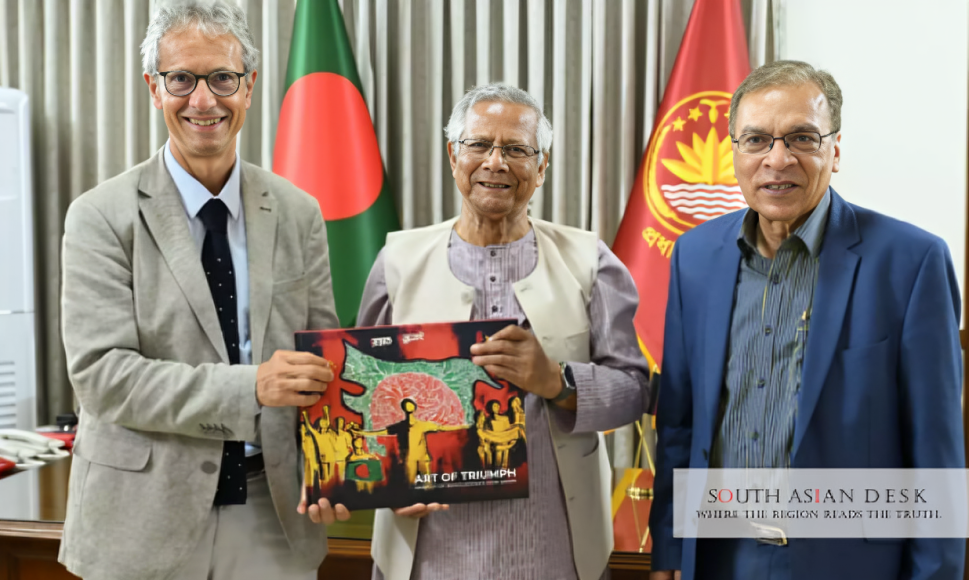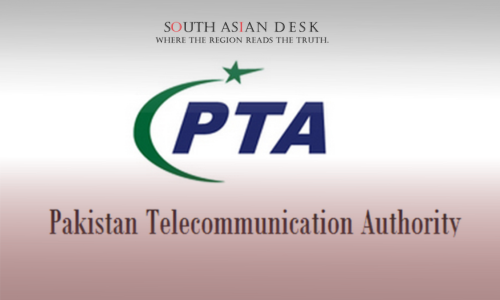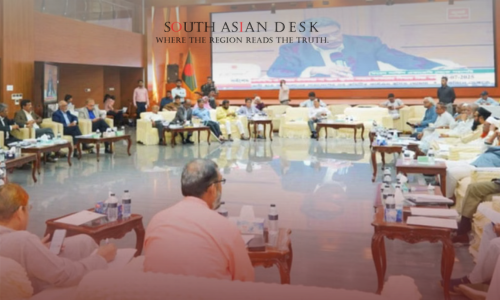Dhaka, September 25, 2025 – Chief Adviser Professor Muhammad Yunus urged World Bank President Ajay Banga during Bangladesh World Bank engagement on Tuesday, September 23, 2025, to provide technical and financial assistance for the modernisation of Chittagong Port and the recovery of billions in stolen assets, during a meeting on the sidelines of the United Nations General Assembly at UN Headquarters in New York.
Accompanied by Energy Adviser Fouzul Kabir Khan, Chief Adviser’s Special Envoy Lutfey Siddiqi, and SDG Coordinator Lamiya Morshed, Yunus highlighted the port’s role in generating millions of manufacturing jobs and fostering regional cooperation with landlocked neighbours. This appeal forms part of broader Bangladesh World Bank 2025 engagements, where Yunus urges World Bank modernisation efforts to align with the nation’s transitional reforms ahead of February’s national election. (48 words)
Why It Matters?
The modernisation of Chittagong Port, handling over 90 per cent of Bangladesh’s international trade, could unlock economic corridors for Nepal, Bhutan, and India’s seven northeastern states, potentially reducing logistics costs by up to 30 per cent and boosting intra-regional trade volumes by 2027, according to World Bank projections. In a region grappling with supply chain vulnerabilities, this initiative underscores Bangladesh’s pivot towards resilient infrastructure, amplifying South Asia’s collective growth amid global uncertainties.
Yunus Urges World Bank Modernisation in Key Bilateral Talks
During the 30-minute discussion, Yunus emphasised Chittagong Port’s strategic importance as a gateway for Bangladesh World Bank 2025 priorities, stating: “Chittagong Port is key to economic growth in the region. Let’s develop it together.” This call aligns with Yunus urges World Bank modernisation drives, focusing on efficiency upgrades to accommodate larger vessels and cut vessel turnaround times, which currently cost the economy approximately $1 million daily.
Banga responded positively, reaffirming the World Bank’s commitment to Bangladesh’s democratic transition and economic recovery. He credited Yunus with “steering Bangladesh’s economic recovery” over the past 14 months and stressed that robust banking and fiscal reforms are foundational for sustained high-growth development. The meeting also touched on youth political engagement across Asia, with both leaders advocating for inclusive policies to harness demographic dividends.
This interaction builds on earlier Bangladesh World Bank 2025 milestones. In April 2025, the World Bank approved an $850 million financing package, including $650 million for the Bay Terminal Marine Infrastructure Development Project adjacent to Chittagong Port. This initiative will construct a 6 km climate-resilient breakwater and access channels, enabling the port to handle 36 per cent of Bangladesh’s container volumes by 2031 and directly benefiting over one million people through enhanced connectivity.
Broader Reforms Tie into Port Modernisation Efforts
Yunus’s push reflects a holistic approach where Yunus urges World Bank modernisation extends beyond infrastructure to governance and social protection. In June 2025, the World Bank approved $250 million for the Strengthening Institutions for Transparency and Accountability (SITA) Project, digitising public procurement and revenue mobilisation to curb inefficiencies plaguing port operations. Earlier, in March 2025, a $200 million allocation modernised the social protection system, targeting 4.5 million vulnerable individuals with cash transfers and livelihood services, indirectly supporting workforce stability for port-related industries.
Chittagong Port’s upgrades are critical, as the facility processes 98 per cent of the country’s container traffic but faces capacity constraints from outdated equipment and congestion. The Bay Terminal, set for operational launch in 2025 under a public-private partnership, will introduce green features like 30 per cent forestation, positioning it as Bangladesh’s first eco-friendly deep-sea port. Complementary projects, such as the Patenga Container Terminal’s expansion with a $170 million investment from a Saudi consortium, aim to raise capacity from 250,000 to 600,000 twenty-foot equivalent units (TEUs) annually.
Regional Integration and Job Creation Potential
The port’s transformation could create millions of manufacturing jobs by streamlining exports, particularly in ready-made garments, which account for 84 per cent of Bangladesh’s apparel exports. For South Asia, enhanced access via Chittagong would lower transit costs for landlocked economies, potentially increasing trade flows by 20-25 per cent, per World Bank estimates. Yunus highlighted this in his appeal, noting benefits for Nepal and Bhutan through improved rail and road links.
In July 2025, World Bank Vice President for South Asia Johannes Zutt visited Dhaka, commending the interim government’s reforms and pledging support for inclusive growth. Zutt echoed Yunus urges World Bank modernisation by prioritising digitalisation in port customs, including lifting restrictions on inland container depots to nationwide locations for faster clearance.
Background
Bangladesh’s partnership with the World Bank dates to 1972, with over $45 billion committed in concessional financing. The current interim government, led by Yunus since August 2024, has accelerated reforms post-political transition, including banking sector overhauls to recover stolen funds estimated at billions of dollars. Chittagong Port’s modernisation aligns with the government’s vision for a $1 trillion economy by 2041, with 2025 marking a pivotal year for infrastructure disbursements under Bangladesh World Bank 2025 frameworks.
What’s Next for Bangladesh World Bank 2025 Collaborations
As Bangladesh approaches its February 2026 national election, the focus will shift to implementing these commitments, with the World Bank preparing additional lending for flood recovery and energy sector stabilisation. Yunus’s vision for a modernised Chittagong Port promises to anchor Bangladesh World Bank 2025 efforts, potentially catalysing a new era of regional prosperity if technical assistance materialises swiftly.
Published in SouthAsianDesk, September 25th, 2025
Follow SouthAsianDesk on X, Instagram, and Facebook for insights on business and current affairs from across South Asia.






